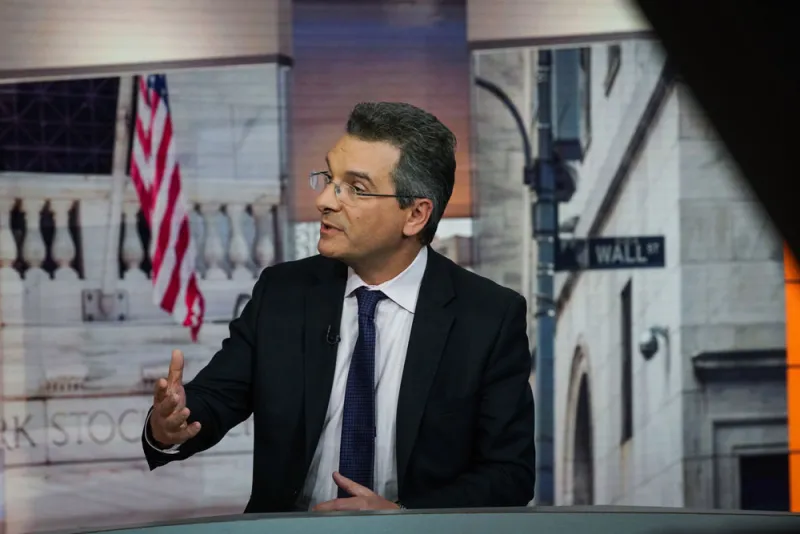It’s not enough to be right. You have to be right before you’re dead.
Andrew Dyson, CEO of quant manager QMA, argued in his most recent letter to shareholders that portfolio managers need to learn how to invest in cyclical assets so that they never take an outsize position too early in a cycle, and fail to climb their way out.
“My argument is that you want to develop a methodology that protects against going to the extremes too soon. If you go in very early, that’s very dangerous if you’re wrong,” said Dyson told Institutional Investor in an interview Monday. “Instead, if you build your way in naturally and then if the cycle moves against you, you’ve left yourself room,” he added.
The backdrop to Dyson’s argument about being a measured contrarian is the fevered debate about the underperformance of managers that invest in value stocks.
[II Deep Dive: The Real Reason Value Has Been Lagging Growth]
Value stocks have been underperforming at a level not seen since the 2008 financial crisis and the early 2000s technology bubble. QMA has been telling investors to hold tight, stressing that current conditions are highly unusual and are likely to sharply reverse.
“The question has gotten linked with value, but it’s really, ‘How do you as a manager or a client navigate through a cycle in anything?’” said Dyson.
But Dyson wrote in his letter that there are lessons to learn from value managers’ historical behavior. QMA’s CEO described how a deep value manager, Phillips & Drew Fund Management, in the 1990s was ultimately proved right about its gloomy view of the run-up in technology stocks. But the value manager — one of the U.K.’s largest at the time but now largely unknown and long ago folded into UBS Asset Management — was far too early in taking its bearish view.
“They went to their maximum short position in equities (10 percent below benchmark) in the mid-’90s, i.e., way before the cycle turned,” wrote Dyson, who was a senior consultant with Mercer in the U.K. at the time. “Thus they had nowhere to go for three or four years, as the markets went higher against them. Even if clients stuck with them, they ultimately didn’t gain as much on the way down as they had lost on the way up,” he continued.
QMA advises that investors and asset managers lean into cycles, taking on larger positions as the cycles move against a strategy.
“This is naturally more difficult, both psychologically and behaviorally, since you would be running away from the herd, not with it,” wrote Dyson in his letter. But Dyson believes it is one of the easier ways to make money. “All you need to do is judge that the asset is cyclical and adopt some countercyclical decision mechanism. Even if you miss out on the optimal timing points, the cycle will do the work for you,” he wrote.
QMA said that when designing a process for making countercyclical decisions, investors and managers need to look at price or supply and demand when prices are not available. Importantly, investors and managers need to avoid just having an on/off switch.
“My argument is that what we should do as investors and managers is to have the robustness to marry the amplitude — the positions you take — versus timing the cycle,” he said in the interview.
Dyson said the decision making around private assets and cyclicality can be complex given the lack of pricing information. But he suggested focusing on supply and demand. “Generally, the supply of good ideas or good investments is relatively stable.” He stressed, but “you should consider tracking the flows of funds (and dry powder particularly), then skewing your allocation to the opposite direction."
And if that doesn’t work, Dyson humorously suggested creating an index of search firm activity by asset class.
“Whether in asset classes or markets, such is the bandwagon nature of our industry that by the time the average asset manager, let alone the laggard, decides it’s time to build a capability, it’s almost always approaching the peak of the cycle," he concluded.







